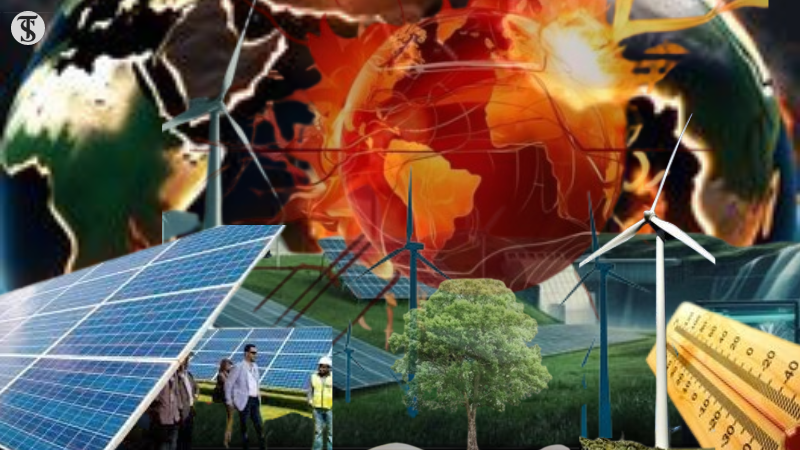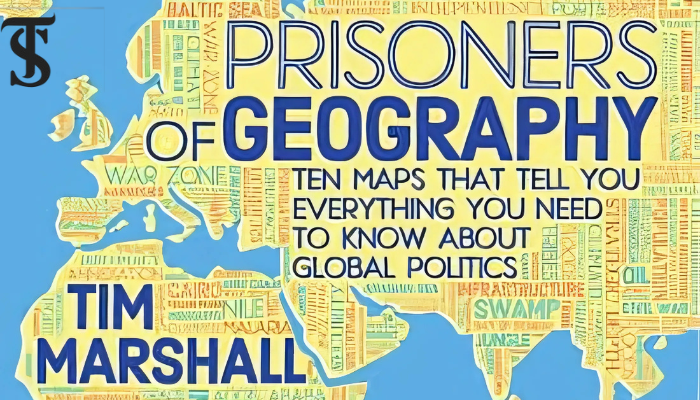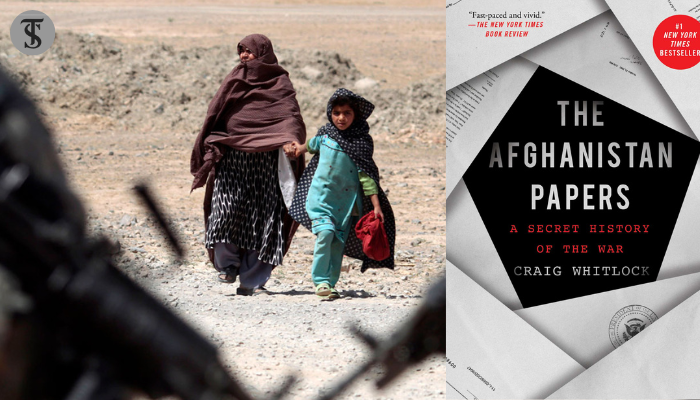Status of Climate Change Adaptation in Asia and the Pacific

- The book highlights the varying climate vulnerabilities across Asia-Pacific sub-regions, especially affecting agriculture and large ecosystems like the Himalayas and Hindu Kush.
- It traces the progression of climate adaptation efforts from 1979 onwards, emphasizing the need for better monitoring and implementation of adaptation goals.
- The authors call for clear, time-bound goals, stronger institutional capacity, and international cooperation to address climate change challenges and improve adaptation strategies.
The volume gives an in-depth evaluation as well as the synopsis of climate change adaptation in the locality of Asia-Pacific and adaptation eminence of the sub-regional levels (e.g. Central Asian region, Southeast Asian region, Pacific region, South Asian region, and Northeast Asian region) covering diverse segments i.e. farming which provides employments to so many folks, in addition, large ecological units (Hindu-Kush and Himalayas peak eco-system). The authors tried to ascertain forthcoming arrangements desired to augment adaptive steps and specify sustenance accessible at local or international intensities. The ‘Status of Climate Change Adaptation in Asia and the Pacific’ also aims towards contributing to the existing plus imminent dialogues over evaluating and collaborating adaptation-based improvement on altered stages, lacking presuming future consequences, plus executing aims and targets of the Paris Agreement.
Springer Climate is an interdisciplinary book succession that covers all climatic study topics i.e. climatology, effects, management, monitoring, modeling besides policy making of climate change. The study demonstrates that the arguments are based on data as well as narrative evidence in which technical and original terms are used perfectly. Orderly content is being described in assertive and combined methods by focusing on geo-political aspects. Maps, tables, figures, and charts are given to present different data, quantitatively.
Findings of the Book
The book is based on development as well as encroachment of alteration to climatic change. This evolution is defined under four points; realization of climatic change including an adaptation from 1979 to 2000, commencement of adaptation-based schedules and occurrence of equivalent conduct from 2001 to 2007, augmentation of adaptive activities from 2008 to 2015 in addition universal goal of monitoring, adaptation, plus interconnecting adaptation evolvement from 2015 onwards. It has also been highlighted in the chapter that there is great significance in the utilization of variation-based familiarity for supporting such arrangements and for the enactment of whereabouts.
Further, an assessment framework has been presented by the authors, that is smeared for weighing the position of climatic change-adaptation in 5 sub-divisions, like Central Asian region, the Northeast Asian region, the South Asian region, the Pacific region besides the Southeast Asian region, as well as in sector of Farming, agronomy plus Food-Security around Himalaya, Hindu Kush.
The authors provide a synopsis of adaptation status in the Asian region and the area of the Pacific emphasizing main cohesions plus variances. They explain that the diversity of Asia-Pacific regions varies due to socio-economic conditions plus environmental position also varies vastly between the states. Five sub-divisions: Central Asian region, Northeast Asian region, South Asian region, Pacific region besides Southeast Asian region. The principal physiographic features of the regions are river deltas comprising massive Islands, and floodplains, as well as low-lying coastal steppes-based states, vast deserts, and mountains.
It is apparent that variations in climate circumstances like hydrological extreme events, high temperature, quality and availability of natural resources, variation of rainfall, and at present disturbing harvest revenue with food production. There are certain adaptation goals designed to overcome disastrous consequences like protecting people from floods, cyclones, storms, or droughts, as well as development activities besides ecosystems through contrary influences of climatic variation, in addition to enhancing infrastructure- resilience, etc. Although these regions have executed adaptation plans and have underway to shape themselves in the direction of scheming plus executing adaptive schemes further than the mini pilots. Still, there is a lot more to do in this regard to see the positive results.
The conclusive text gives an outlook on the population’s needs and at universal and local levels, the availability of mechanisms for aiding them to boost the adaptation-based measures and to deal with the gaps. The authors state that although the regions have progressed well economically, the standard of environmental conditions has gone down. Steps and measures are taken in this regard; however, the contemporary time requires attaining adaptive objectives by overcoming various challenges coming the way.
As enhanced adaption actions countries should place clear time-bound goals and targets, make mainstreaming business for all, target the most vulnerable, invest in institutional capacity building, expand admittance and paradigm-shift in climatic financing, improve cooperation in technology transfer as well as consume assistances of cohesions plus complementarities.
Critical Analysis
It can be stated that climate change is a reality, and it will continue to accelerate and greatly affect the biosphere. It is easy to be despondent about climate change yet there is a lot that can be done to reduce vulnerabilities and adversities, if done timely. It is the time for a wake-up call, for an action only by scientists, environmentalists, or politicians, but contribution from every single entity matters now. The outcome will be promising and encouraging for the whole world.
The frameworks provided by this book are a great help in this regard. The writers have identified various factors involved in making these regions exposed to the hostile effects of climatic variability with events of extreme meteorological conditions., they also explained the highest priority sectors for adaptation and the areas that require excessive attention. The situation demands governments to step up and international communities to support the cause and save the world from this climatic threat.
Now is the time to better understand future climate anticipations’ implications for ongoing expositions. It must be read by all who want to give their input to save the planet because the place where we are living is deteriorating day by day. We need to save it immediately, therefore, have to make collaborative efforts.

Haadia zaman
The author is pursuing a PhD in Peace and Conflict Studies at the National University of Sciences and Technology (NUST). Her research centers on conflict resolution and peacebuilding strategies, with a specific focus on climate diplomacy and sustainable development.





